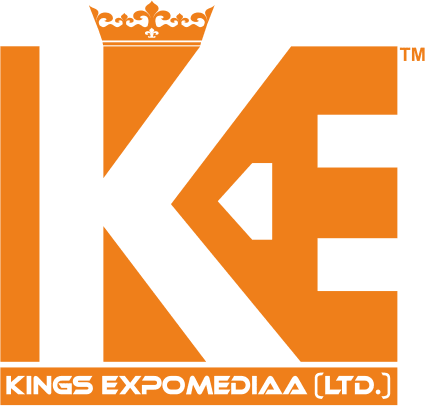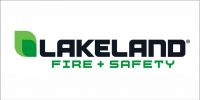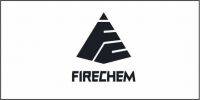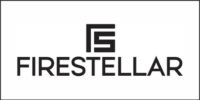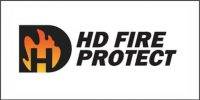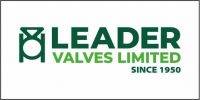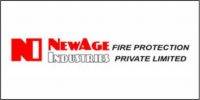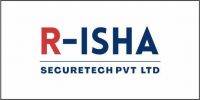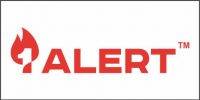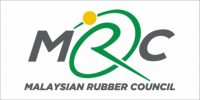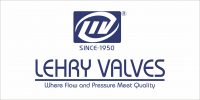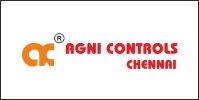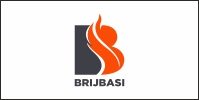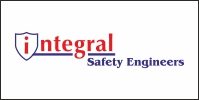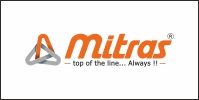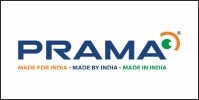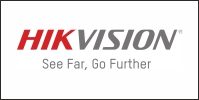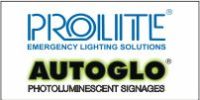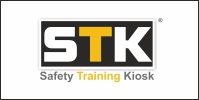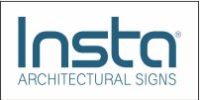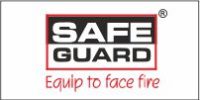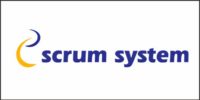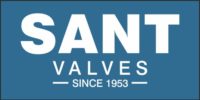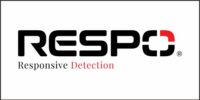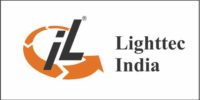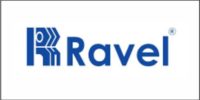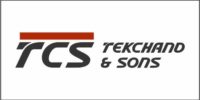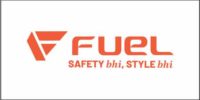 Workplace safety is a multi-faceted discipline that extends far beyond simply providing employees with protective gear. While safety glasses and goggles play an essential role in shielding workers from hazards, ensuring optimal vision protection in the workplace requires a more holistic approach. Vision is an integral part of safety, influencing everything from hazard recognition to reaction time. Impaired vision or poor lighting conditions can contribute to workplace accidents, errors in judgment, and long-term health complications. Therefore, businesses must adopt a comprehensive vision protection strategy that includes eye health assessments, proper lighting, ergonomics, and advanced protective technologies to minimize risks and enhance safety.
Workplace safety is a multi-faceted discipline that extends far beyond simply providing employees with protective gear. While safety glasses and goggles play an essential role in shielding workers from hazards, ensuring optimal vision protection in the workplace requires a more holistic approach. Vision is an integral part of safety, influencing everything from hazard recognition to reaction time. Impaired vision or poor lighting conditions can contribute to workplace accidents, errors in judgment, and long-term health complications. Therefore, businesses must adopt a comprehensive vision protection strategy that includes eye health assessments, proper lighting, ergonomics, and advanced protective technologies to minimize risks and enhance safety.
The Importance of Vision in Workplace Safety
Clear and accurate vision is a fundamental aspect of workplace safety. Employees rely on their sight to assess risks, operate machinery, and navigate hazardous environments. Any impairment whether due to uncorrected vision problems, poor lighting, or exposure to harmful substances can increase the likelihood of accidents.
- Hazard Identification
Workers must be able to spot hazards quickly to avoid injuries. Reduced visual acuity, whether from uncorrected refractive errors or inadequate lighting, can lead to misjudging distances, failing to notice warning signs, or overlooking obstacles in their path.
- Depth Perception and Coordination
Many job roles require precise hand-eye coordination, whether in manufacturing, construction, or healthcare. Poor depth perception can lead to errors such as dropping tools, mishandling dangerous substances, or misjudging machinery operation, increasing the risk of injury.
- Reaction Time
Good vision enhances a worker’s ability to react swiftly to unexpected hazards. If an employee struggles with blurred vision, glare, or visual fatigue, their reaction time may be delayed, making it more difficult to avoid accidents.
Common Vision-Related Workplace Hazards
Understanding the various workplace hazards that can compromise vision is essential for developing effective prevention strategies. Some of the most common threats to eye health and visual safety include:
- Flying Objects and Particles – Small debris from machining, grinding, or construction work can cause serious eye injuries.
- Chemical Exposure – Chemicals can cause burns, irritation, or blindness if they come into contact with the eyes.
- Excessive Screen Time – Prolonged exposure to digital screens can cause eye strain, leading to fatigue, headaches, and reduced productivity.
- Poor Lighting – Insufficient or overly bright lighting can cause glare, eye strain, and difficulties in accurately perceiving objects.
- UV and Radiation Exposure – Welding arcs, UV rays, and laser radiation pose long-term risks to eye health.
Beyond Protective Eyewear: Holistic Approaches to Vision Safety
While safety glasses and goggles are critical for eye protection, ensuring comprehensive vision safety in the workplace requires additional measures.
- Regular Vision Screenings and Eye Health Programs
Employers should provide routine eye examinations for workers, particularly those in high-risk occupations. Employees with uncorrected vision issues are more likely to struggle with tasks requiring precision, leading to mistakes and accidents.
- Optimizing Workplace Lighting
Proper lighting can significantly improve visual clarity and reduce eye strain. Employers should ensure that workspaces are adequately illuminated and free from excessive glare. Using task-specific lighting and adjustable brightness can further enhance safety and efficiency.
- Ergonomic Considerations for Visual Comfort
Workstations should be designed to support good visual ergonomics. For screen-based jobs, monitors should be positioned at an appropriate distance and height to reduce strain. Anti-glare screens, blue-light filters, and frequent breaks can help prevent digital eye strain.
- Training Employees on Vision Safety
Educating workers on eye safety measures can significantly reduce workplace accidents. Employees should be trained to recognize visual hazards, properly use protective eyewear, and seek medical attention for eye-related symptoms.
- Implementing Smart Vision Protection Technologies
Advancements in technology are improving workplace vision safety. Innovations such as augmented reality safety glasses, automated hazard detection, and real-time monitoring systems help protect workers from eye-related risks.
The Economic and Human Costs of Neglecting Vision Safety
Ignoring vision protection in the workplace can have severe financial and human costs. Workplace eye injuries account for millions of dollars in medical expenses, compensation claims, and lost productivity each year. Beyond the financial burden, vision-related injuries can lead to permanent impairment, affecting an employee’s ability to work and perform daily activities.
- Increased Medical Costs
Eye injuries often require specialized medical attention, including surgeries, medications, and long-term treatment, adding to the overall healthcare burden for companies.
- Reduced Productivity and Work Efficiency
Employees struggling with visual impairments or eye strain are less productive, make more errors, and are more likely to take sick leave due to discomfort and fatigue.
- Psychological and Emotional Impact
Vision loss or chronic eye strain can negatively impact an employee’s mental health, leading to anxiety, depression, and reduced job satisfaction.
Legal and Regulatory Aspects of Vision Safety
Governments and occupational safety agencies have established stringent regulations to ensure workplace eye protection. Organizations such as the Occupational Safety and Health Administration (OSHA) enforce safety guidelines that require employers to provide adequate eye protection and implement hazard control measures.
Compliance with these regulations is not just a legal necessity but also a strategic move for companies aiming to foster a safe and efficient work environment.
The Future of Vision Safety in the Workplace
As industries evolve, so do the approaches to vision safety. Future advancements in eye protection technology will focus on smart PPE, AI-powered hazard detection, and vision-enhancing tools. Companies that prioritize these innovations will benefit from fewer workplace injuries, higher productivity, and improved employee well-being.
Conclusion
Workplace vision safety extends beyond simply wearing protective eyewear. A holistic approach that includes regular eye health assessments, optimized lighting, ergonomic design, employee training, and technological advancements is essential to ensuring a safe and productive work environment.
